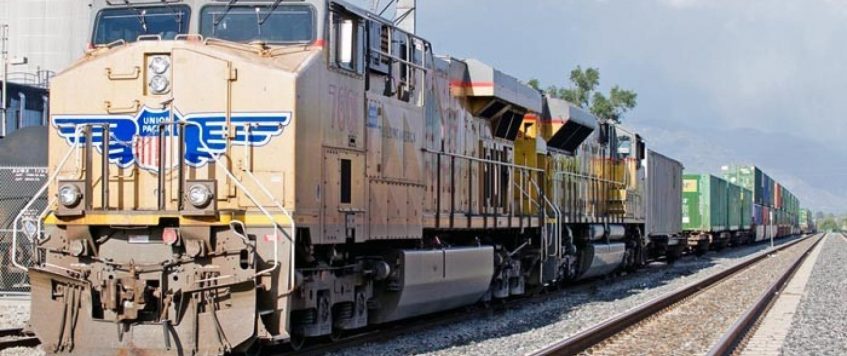-
01
Sep
U.S. Rail and Intermodal Volumes Decline Amid Economic Headwinds
The United States has witnessed a challenging landscape for rail carloads and intermodal volumes, according to recent data released by the Association of American Railroads (AAR) for the week ending August 19, 2023. These declines are not isolated events but are part of a broader trend that has been affecting the transportation sector for some time. This article aims to delve into the intricate factors affecting these numbers, offering insights into various commodity groups and economic conditions.
Rail Carload Statistics
For the week ending August 19, AAR reported that rail carloads dropped to 228,972, a 0.6% annual decline. However, this number does show a rebound compared to the previous weeks (224,412 for the week ending August 12 and 222,199 for the week ending August 5).Sectorial Breakdown
Motor Vehicles and Parts: This group showed the most significant growth with a 2,326 carloads increase to 16,293. The boost could be attributed to a surge in automobile production.Coal: Traditionally a staple for rail carloads, coal saw a growth of 1,486 carloads, climbing to 69,773. This indicates a stronger demand for energy production.
Petroleum and Petroleum Products: The group recorded an increment of 781 carloads, bringing the total to 9,420. This could signify increased industrial activity or stockpiling amid global uncertainties.
On the downside:
Grain: The sector posted a significant decline, dropping 3,541 carloads to 15,796. This could be a result of seasonal factors or international trade dynamics.
Forest Products: The group saw a decrease of 1,289 carloads, falling to 7,683. The slump may be due to a slowdown in construction activities or changes in international demand.
Intermodal Trends
Intermodal containers and trailers reported an annual decline of 4.6%, standing at 249,881 units. Year-to-date data revealed an even more concerning trend; a 9.2% decline to 7,828,854 units.Domestic vs. International Containers
Domestic Containers: Totaled 649,218 and were down by 1.9%.Trailers: Experienced a sharp decline of 19.9%, falling to 56,422.
International Containers: These dropped 15.7%, falling to 634,518. This drop could be indicative of weaker global trade relations or port congestion issues.
Economic Factors and Future Prospects
IANA’s Intermodal Quarterly Report highlighted several challenges:Economic Conditions: Sluggish growth has impeded domestic output and containerized imports.
High Inventories: Both wholesale and retail sectors have accumulated inventories that have curtailed the need to move goods.
Trucking Industry: Increased driver and equipment availability have led to fierce competition with rail for cargo.
However, IANA’s President & CEO, Joni Casey, offers a silver lining, citing that as the risk of recession diminishes and inventories reduce, more promising results may be on the horizon for the latter part of the year.
Conclusions
While the first half of the year recorded disappointing performances in rail carloads and intermodal volumes, some commodity groups have shown resilience. Factors such as high inventories, economic sluggishness, and increased competition from trucking are contributing to the decline. However, there’s cautious optimism for the second half of 2023, as economic indicators show marginal improvement and inventories are being worked down. It remains to be seen how these trends will unfold in the coming months.

